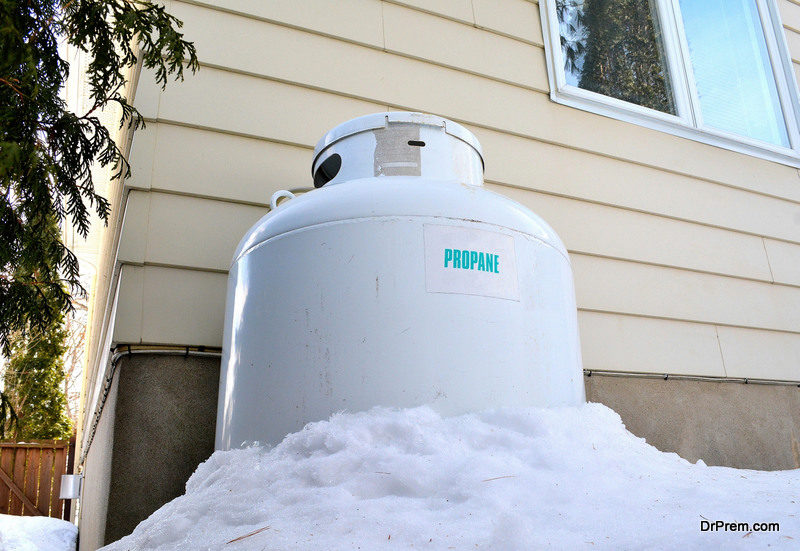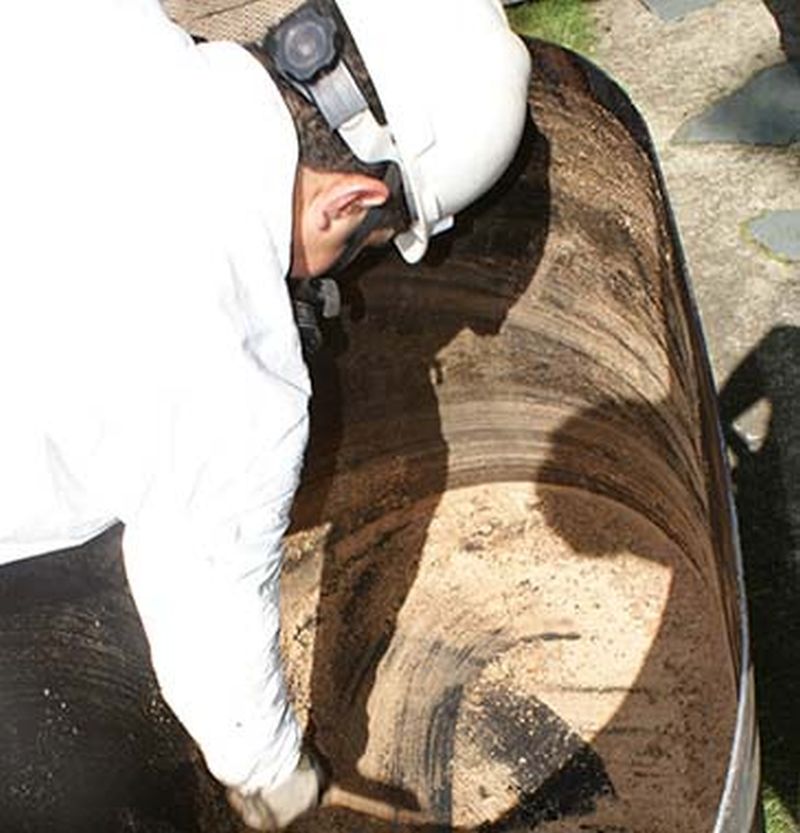Nick and Emily Deldon bought an Arts and Crafts house in Arlington, Massachusetts, some time ago. The house was built it 1919. However, instead of being happy they were in constant fear of the damage that their heating oil might do to their budget. According to Nick, in the middle of the winter their fuel expenses were as big as $3000 a month. Even their mortgage was less than this huge amount. Fortunately, there is not reason for them to worry, as their house is going to be renovated in an episode of ‘This Old House’. Tom Silva, the general contractor, is going to be in charge of the whole thing.
Use of oil fuel in houses
 Homeowners began to use fuel oil to heat their homes in the 1940s because it was considered more environmentally friendly than coal. However, by the 1960s, a total of 32 percent of American houses used fuel to heat their homes. Now, only 7 percent of American homes are heated with oil.
Homeowners began to use fuel oil to heat their homes in the 1940s because it was considered more environmentally friendly than coal. However, by the 1960s, a total of 32 percent of American houses used fuel to heat their homes. Now, only 7 percent of American homes are heated with oil.
The Northeast appears to be the exception because a full 30 percent of the houses are still heated with oil. Nick had to end his dependency on oil because he never seemed to have enough, and it was inconvenient for him to keep his driveway clear for deliveries.
To end Nick and Emily’s nightmare of heating oil, they would need to pump natural gas through pipes that would be placed underneath the ground. Then, they would be able to send their 275-gallon oil tank packing. This would be optimal for the couple because their old oil tank has a tendency to leak, and it makes their basement smell like oil. In addition to that, the tank’s walls can begin to corrode, and when that happens, water, oil contaminants, bacteria and rust particles combine to create a sludge at the bottom of the tank.
7 – Precautions homeowners should take before removing oil tank from property

Before a oil tank can be removed from a property, the homeowners must make the following preparations first:
- Contact the fire department, and ask for a referral to a tank removal specialist. The department is also the place where you will obtain your permit for the tank removal.
- Before it can be moved, everything inside the tank must be removed. The removal company will do this for you as well as the recycling by following Massachusetts’ guidelines.
- On the day of the removal, the removal crew will send the oil to an explosion-proof hose. Then, it will run through another hose toward a drum.
- Now that the tank is ready, the contractor can slice it open and remove the sludge that has been accumulating at the bottom.
- The sludge will be placed inside of a drum that will be taken to the nearest specialized waste management facility where the sludge will be used for industrial purposes.
- The crew must fill the tank’s pipes and sever the vent so that there will be no chance that oil will be able to reach the disconnected pipe. If this were to happen, a disastrous oil spill could be the result.
- The tank is prepared to be moved now, so the crew will it carry up to the truck and take it to a state-certified yard. Workers at the yard will inspect it, scrap it and then send it off so that a steel mill can melt it down.
Article Submitted By Community Writer




